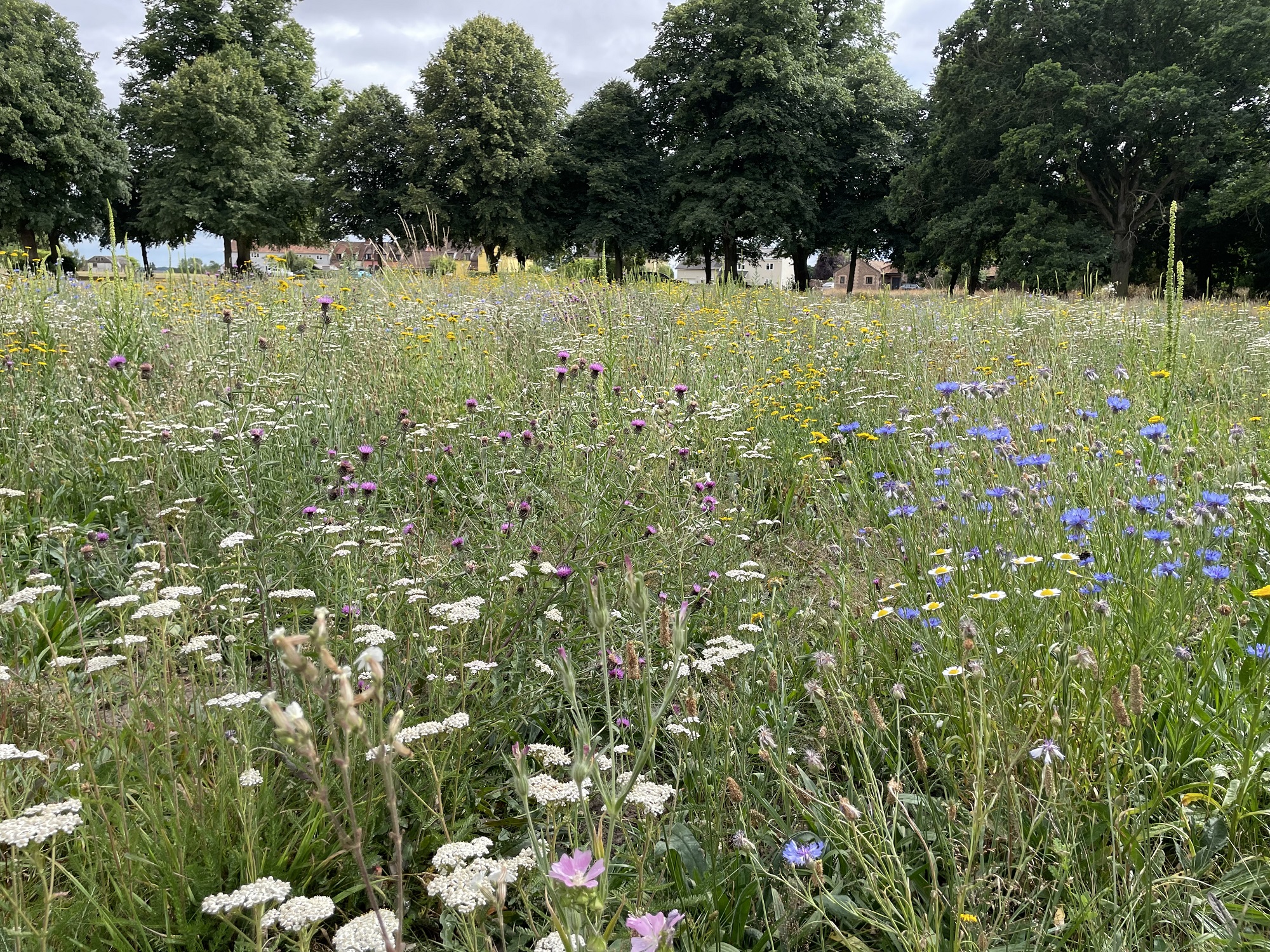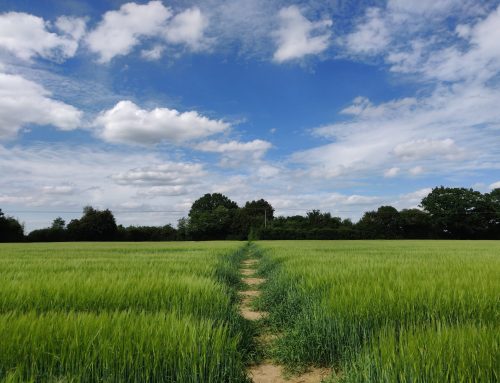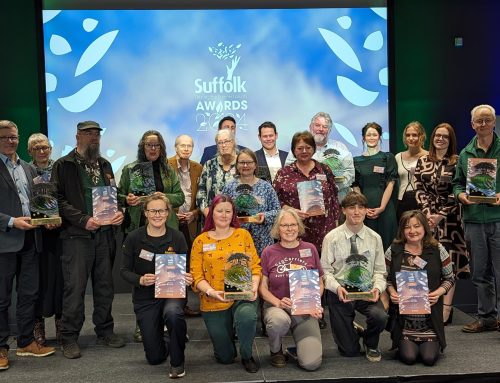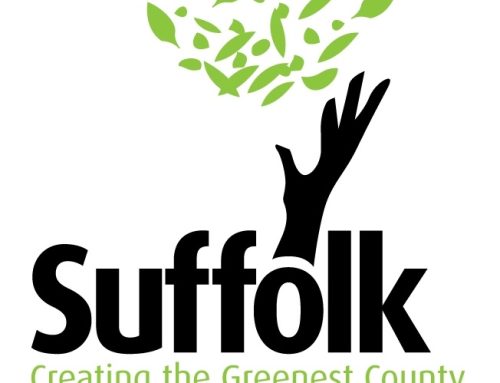
[Source: Babergh and Mid Suffolk District Councils].
Harleston’s wildflower Jubilee meadow showcases a colourful example of how two Suffolk councils are helping to tackle biodiversity and climate change.
Babergh and Mid Suffolk District Councils recently relaunched one of their headline biodiversity schemes, which sees them gift thousands of trees, hedgerow plants, and wildflower seeds to eligible organisations.
Forming part of the councils’ Biodiversity Action Plan, it’s aim is to help protect and strengthen plant and wildlife across the districts, working alongside local communities.
Originally launched in 2021, the ‘trees, hedgerow, and wildflowers scheme’ has already proved a great success. Nearly 5,000 trees and hedgerow plants, and thousands of wildflower seeds, have been gifted to local town and parish councils.
This year, the scheme was also extended to welcome applications from community groups and landowners with publicly accessible land. The hope is to further increase tree and wildflower coverage in Babergh and Mid Suffolk.
A stunning example of how the district-council funded seeds have already made a difference can be found in Harleston, just a few miles outside Stowmarket.
In April last year, Harleston Parish Meeting used the scheme to create a new wildflower ‘Jubilee Meadow’. Supported by an army of volunteers and local farmers including from neighbouring village Shelland, they transformed part of the village green to give it back to nature.
Despite little rain and extreme heatwaves since seeding, the meadow bloomed into a sea of colourful flowers and has proved a hotspot for the local butterfly population. Rarer species such as Small Copper, Brown Angus, and Corn Marigolds, among other more common types, have all been spotted enjoying their new source of food and shelter. The parish also has thriving beehives located close to the meadow, helping them to create a circular system by reinvesting money made from selling local honey back into the meadow and local area.
Andy Wilks, chair of Harleston Parish Meeting, said:
“Following the brilliant initiative by the councils to offer free wildflower mix to help promote insect and butterfly life, we took the decision to turn over part of our village green to wildflower meadow. A decision, which in part, contributed towards our “Highly Commended” small village of the year award in the 2022 SALC Town and Village of the Year Awards.
“With the trusty help of lots of volunteers and some friendly local farmers, the results have been fantastic – lovely meadows full of butterflies and other insect life. And a great place for local residents and visitors to come and relax and enjoy nature at its best! Our plans are to extend the area even further after the wonderful results this year, so watch this space!”
While the formal deadline to receive plants and seeds under the 2022 scheme has closed, the councils are still accepting applications, with organisations encouraged to apply or discuss their project.
Long term care and maintenance of trees, hedges and wildflower meadows planted under the scheme are the responsibility of the parish or organisation concerned; however, the district councils remain available for advice.
Cllr Jessica Fleming, Mid Suffolk District Council’s cabinet member for environment, said:
“Protecting and strengthening our local plant and wildlife to increase biodiversity is one of our key focuses in tackling climate change.
“It is lovely to see that even with the harsh and drought conditions we’ve recently experienced, projects supported by our tree, hedgerow and wildflower scheme are flourishing – with Harleston’s wildflower meadow being just one shining example.
“By working with our towns, parishes, and local organisations, we can have an even greater positive impact on our local environment in the place we’re proud to call home.”
Cllr Jane Gould, cabinet member for climate change, biodiversity, and sustainable transport at Babergh District Council, said:
“Supporting our local wildlife, such as bees, is key to achieving the aims of our Biodiversity Action Plan.
“We know many residents are keen for us to create more spaces for the benefit of wildlife. So, by introducing more wildflower areas across our district, both on our own land and by working with partners, we can help our pollinators to thrive.
“I look forward to seeing similar floral displays, like in neighbouring Harleston, over coming months, and years. But of course, locations and conditions vary, and we must also recognise the beauty and benefits longer grass can provide our wildlife too.”
The tree, hedgerow and wildflower scheme is just one of the many steps the councils are taking to support biodiversity in their patch, including:
- changing grass cutting regimes and introducing wildflower meadows on council-owned land
- increasing tree coverage using detailed tree canopy data
- gifting well over 1000 trees to new parents through their Tree for Life scheme
- successfully securing a share of £150k with other Suffolk councils to plant around 3,000 trees in the county. 200 of these are located across Broom Hill in Hadleigh, Needham Lake in Needham Market, and Greens Meadow in Stowmarket and were dedicated to the Queen’s Green Canopy in Suffolk
- finalising mapping of existing and potential wildlife corridors






